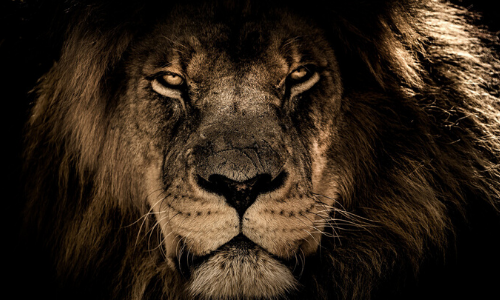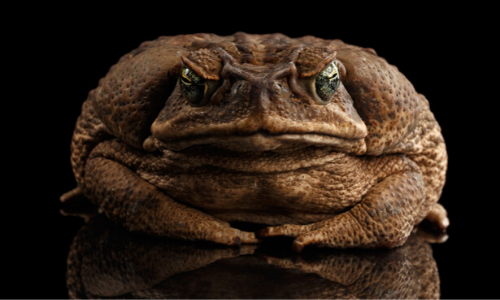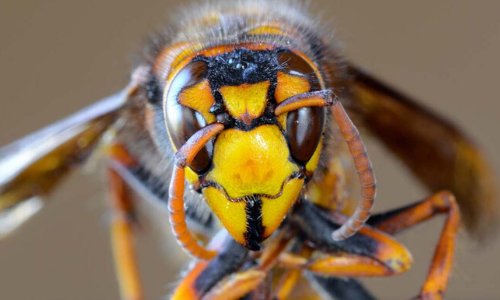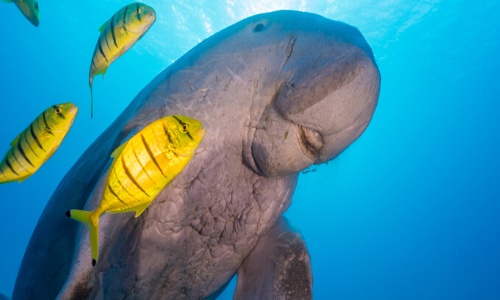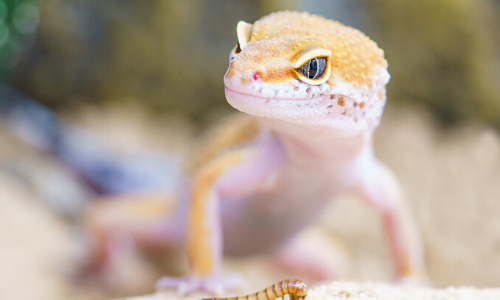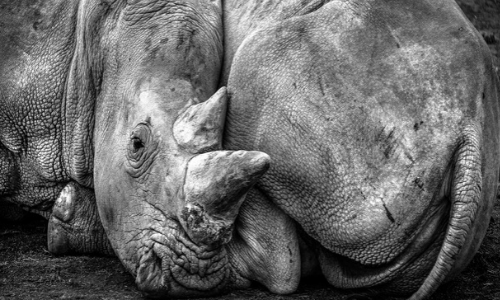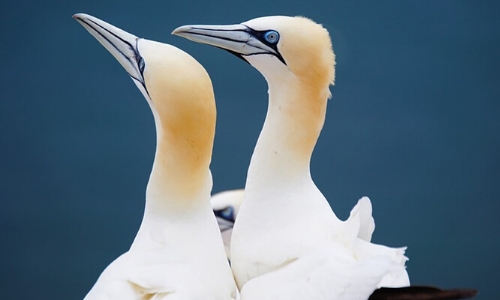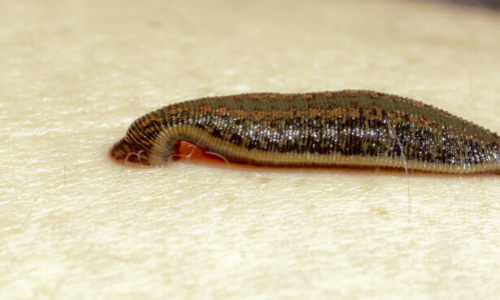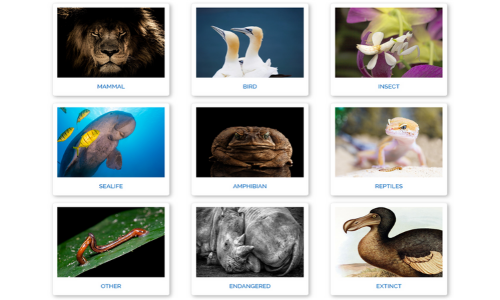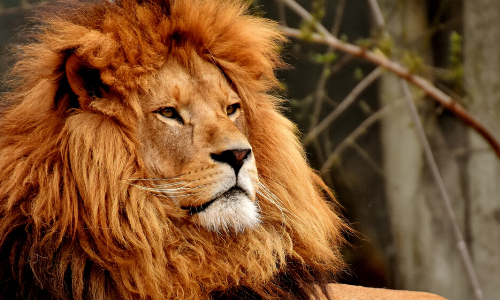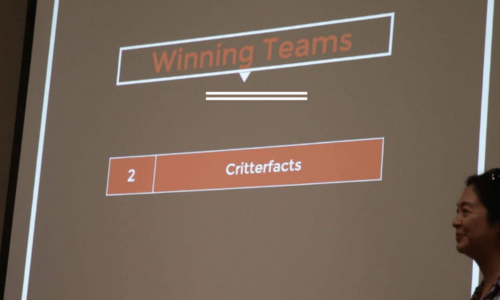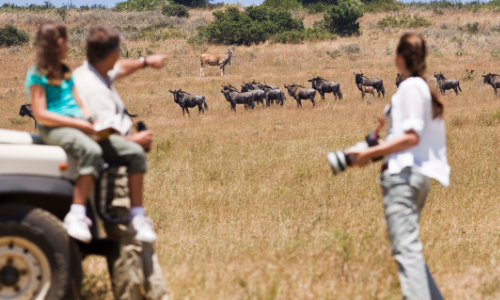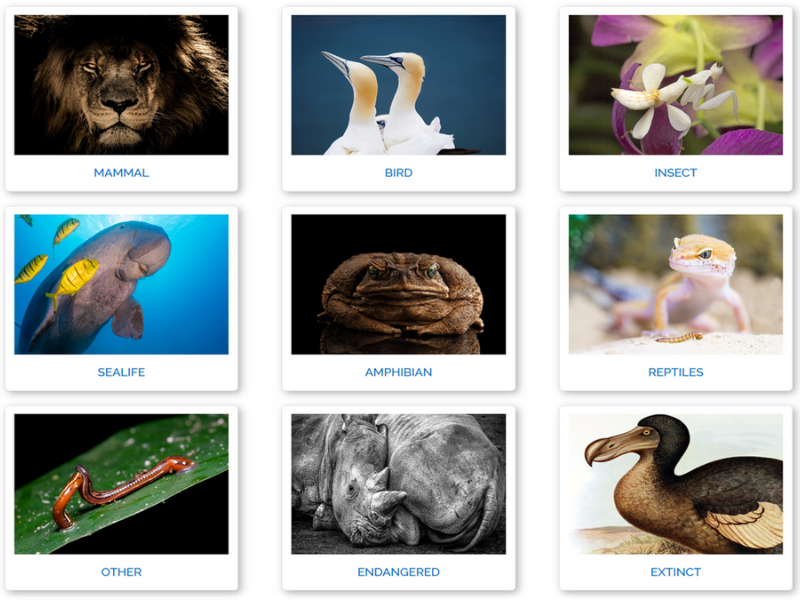
Japanese Spider Crab
The largest crustacean currently known to man, the Japanese spider crab can grow as large as 12.5 feet from one claw to another.

Spotted Eagle Ray
The pattern of spots on each spotted eagle ray are unique to each individual and can actually be used as identification markers.

Spring Peeper
The spring peeper has an amazing adaptation that allows them to survive after spending as many as 3 days completely frozen with their hearts stopped.

California Newt
Observational studies have shown that the california newt has the ability to maneuver through small fires without any harm coming to them.

Olive Baboon
Olive baboons are one of the most widespread baboons, living in about 25 different countries throughout Africa.

Impala
Impalas have special teeth to groom themselves and one another, which helps drastically in managing ticks.

Klipspringer
Klipspringers are herbivores and eat a wide variety of plants and grasses. Most of their diet consists of seeds, flowers, shrubs, and herbs.

Nyala
Nyalas are both grazers and browsers, meaning they eat grass and low-lying vegetation, as well as fruits and leaves.

Tasselled Wobbegong
The name “wobbegong” is of Australian Aboriginal origin and means “shaggy beard”, denoting the critter’s distinct fringe surrounding its head.

7 Lies You Learned About Critters
Do not believe everything you hear about critters. Old wise tales can be deceiving.

